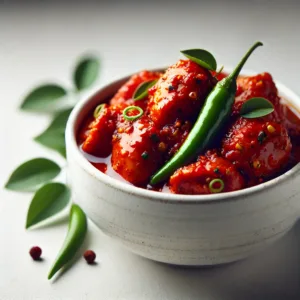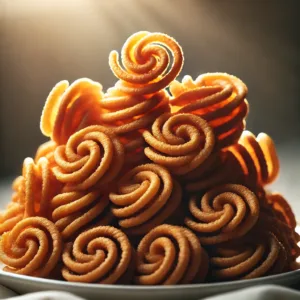Pulihora Gojju
₹163.00 – ₹650.00
The Origins and Cultural Significance of Pulihora Gojju
Pulihora Gojju, commonly known as tamarind rice, is a dish that holds a treasured place in the culinary traditions of South India. Its origins can be traced back to ancient times when it was a staple food prepared for long journeys, ensuring that travelers had a nourishing meal that would remain fresh for extended periods. The tangy, flavorful essence of this dish makes it not only popular as a meal but also as an integral part of cultural and religious practices.
In Hindu households, Pulihora Gojju is commonly prepared during sacred occasions, particularly during festivals and auspicious events. The dish serves as an offering during poojas (prayers), where its vibrant color and distinctive taste symbolize abundance and wellbeing. Families often gather to prepare the dish together, reinforcing family bonds and the passing down of culinary traditions from one generation to another. This communal aspect enriches the cultural tapestry surrounding Pulihora Gojju, making it more than just a food item; it is a representation of community and heritage.
Regional variations of Pulihora Gojju showcase the diversity of South Indian cuisine. Different states and communities add their unique ingredients and techniques, resulting in an array of flavors and textures. For instance, in some regions, peanuts, green chilies, or curry leaves are incorporated, adding depth and essential nutrients. These variations reflect the local agricultural practices and the personal preferences of families, illustrating how a single dish can evolve and adapt while still retaining its core essence. This adaptability highlights the dynamic nature of food as a cultural expression, emphasizing not just culinary skills, but also the significance associated with the preparation and consumption of Pulihora Gojju.
How to Make Pulihora Gojju: A Step-by-Step Guide
Preparing Pulihora Gojju at home is a delightful culinary experience that combines zesty flavors with a comforting base of rice. To create this tangy dish, gather the following ingredients:
- 2 cups of cooked rice (preferably day-old for better texture)
- 1/2 cup of tamarind pulp
- 1 tablespoon of oil (preferably sesame oil)
- 2 teaspoons of mustard seeds
- 1 teaspoon of urad dal (split black gram)
- 2-3 green chilies, slit
- 1/4 teaspoon of turmeric powder
- Salt, to taste
- Curry leaves (a handful)
- Optional: 1/4 cup peanuts, roasted
Once the ingredients are prepared, you can follow these detailed instructions to make Pulihora Gojju:
- Begin by heating the oil in a pan over medium heat. Once hot, add the mustard seeds and wait for them to crack and pop.
- Next, add the urad dal and sauté until it turns golden brown. This step is crucial, as it adds depth to the flavor.
- Introduce the green chilies and curry leaves to the mixture, allowing them to infuse their aroma into the oil.
- Add the turmeric powder and tamarind pulp to the pan. Stir well and let it cook for about 5-7 minutes until the raw smell of tamarind dissipates.
- Incorporate the cooked rice into the pan and mix thoroughly to ensure that each grain is well coated with the tangy sauce. Adjust salt as per taste.
- Finally, for added crunch and flavor, mix in roasted peanuts if desired. Allow the Pulihora Gojju to heat through for a couple of minutes.
For those looking to explore variations, consider adding a pinch of jaggery for a sweet contrast or experimenting with spices, such as cumin or coriander powder, that can complement the dish beautifully. Each variation can cater to individual preferences while respecting the traditional essence of Pulihora Gojju.
| Weight | 1 kg |
|---|---|
| Weight | 1Kg, 250gms, 500gms |
Related products
Andhra Chicken Pickle
₹300.00 – ₹1,200.00- 1Kg
- 250gms
- 500gms
Andhra Mango Pickle
₹163.00 – ₹650.00- 1Kg
- 250gms
- 500gms
Janthikalu | Chakralu | Murukulu
₹150.00 – ₹600.00- 1Kg
- 250gms
- 500gms
Gongura Prawns Pickle
₹600.00 – ₹2,400.00- 1Kg
- 250gms
- 500gms
Gongura Mutton Pickle
₹500.00 – ₹2,000.00- 1Kg
- 250gms
- 500gms






